Nature reports
Publisher: Wageningen University
Page 1 of 3 - 22 Results
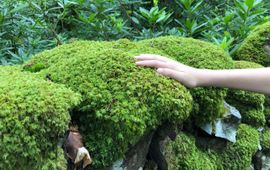
Nature is under severe pressure worldwide and recent studies project a continued loss. Despite the strong dependence and impact of our society on the many services that nature provides, the worldwide economic impact is largely..
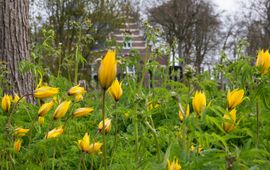
The Netherlands is known for its beautiful and colourful tulips. Though most tulips originate from the Ottoman empire, Tulipa sylvestris, the wild tulip, followed a different path. Anastasia Stefanaki and Tinde van Andel, both..
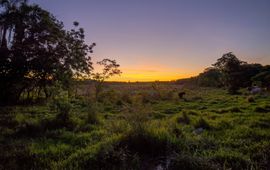
Tropical forests are converted at an alarming rate through deforestation. A new study, published in Science, shows that regrowing tropical forests recover surprisingly fast on abandoned land. ..
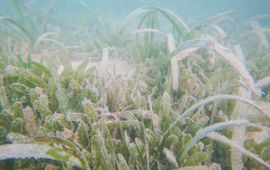
New research from Wageningen University, University of Amsterdam and Florida International University highlighted the role herbivorous fish species play in staving off non-native seagrass invasions. A healthy and diverse fish..
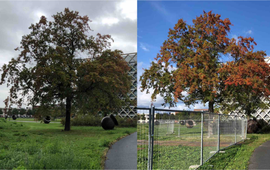
Autumn colours are now gradually appearing in nature. Years of time-lapse videos from the GrowApp show that leaf colouring starts relatively late this year in The Netherlands. Cause: the warm September and the absence of night..
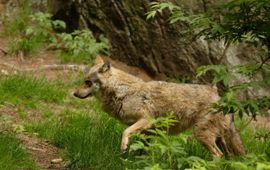
Wolves have returned to the Netherlands. Over the past few years, the animals have started passing through the Netherlands, with a number of them deciding to settle here. “It’s a unique situation,” says researcher Hugh Jansman...
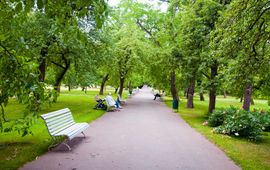
Green spaces are important to our mental health. With urbanisation on the rise, people living in cities have less access to green areas. At the same time, the number of Europeans with mental health issues has increased by sixteen..
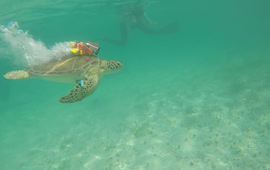
Young green turtles’ behaviour is influenced by tourists feeding the animals. This was discovered by researchers of Wageningen University & Research through the use of TurtleCams: cameras mounted on the shells of green turtles in..
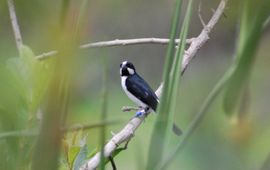
An aggressive wasp has attacked a baby bird in its nest and then ate its head. This special attack was captured on camera during a study by Wageningen University & Research in Brazil. The images show that the attack took more than..
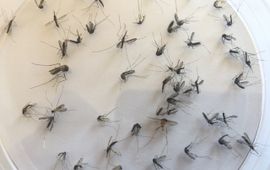
A year-long collection of mosquitoes with self-made traps and over a hundred volunteers in rural Rwanda reporting mosquito nuisance revealed when and where malaria risks were the highest. In addition to their reporting, the..
